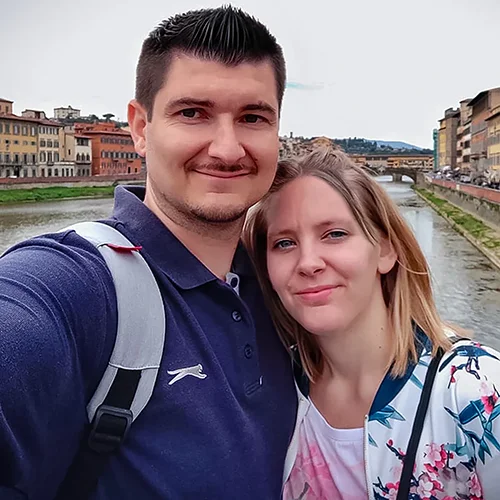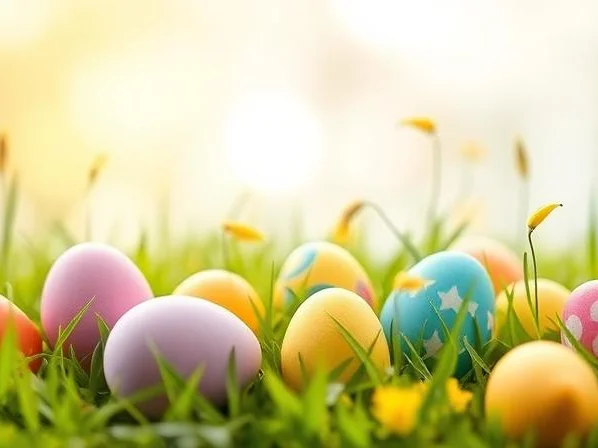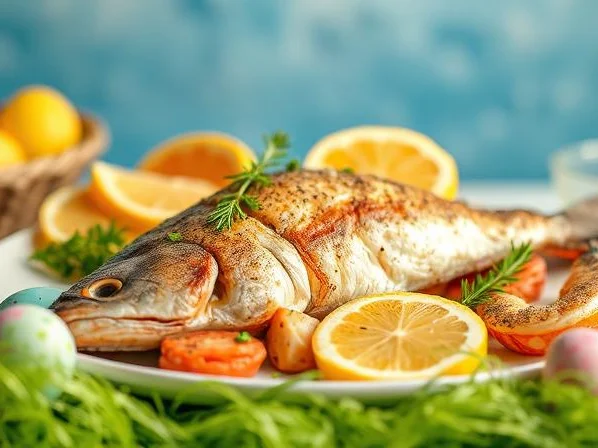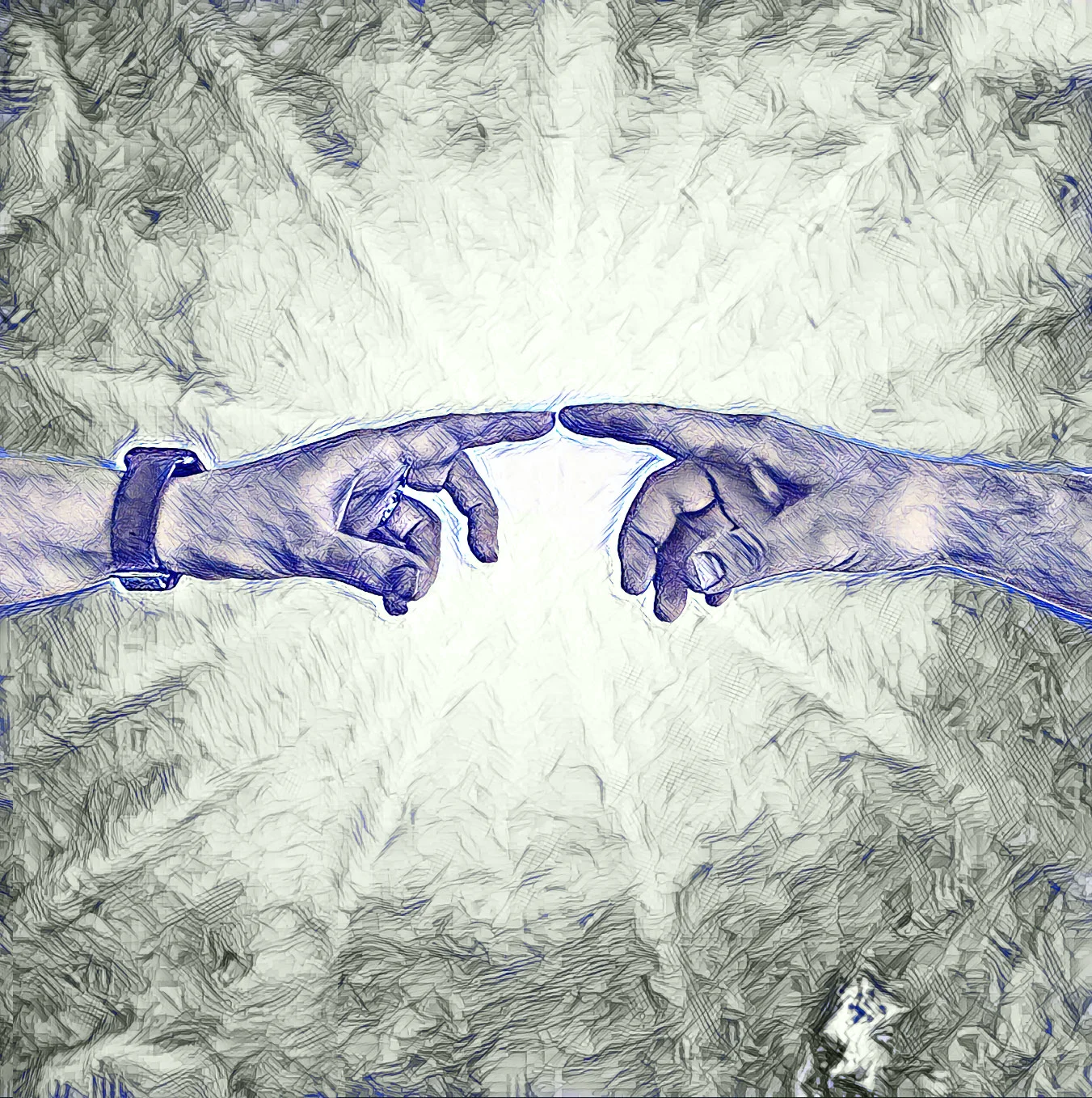Easter in Germany vs. Spain – Expect the Unexpected
Easter in Germany vs. Spain – Expect the Unexpected
Easter in Germany vs. Spain – Expect the Unexpected
Easter in Germany vs. Spain – Expect the Unexpected
29. März 2025
Feedback: 0
It’s a time for celebrations, spring vibes, and delicious food – but have you ever wondered how traditions in Germany compare to those in Spain? As an expat living in Spain, I can tell you there are quite a few differences that might surprise you! From religious customs to culinary delights, there’s a lot to discover. And if you’re bringing your dog along for the ride, things get even more interesting! So, let’s take a closer look at how this festive season is celebrated in both countries. Who knows? You might find some inspiration for doing things differently this year.
Easter in Germany: Traditions You Either Love (or… Not So Much)
In Germany, Easter is all about family and tradition. For most Germans, it comes with a series of rituals that sometimes feel almost cult-like (in a good way, we think). From bonfires to painted eggs and lamb roasts – the holiday is as much about celebration and indulgence as it is about religious significance.
1. Easter Egg Hunt: A Highlight for Kids and Grown-Ups
In Germany, the egg hunt is probably the highlight for children and adults alike. Colorful eggs are hidden in gardens or homes, and finding them is part of the fun! These eggs are often creatively painted or filled with little chocolate surprises – because this spring holiday isn’t just about traditional eggshells, it’s also about sweets and treats.
And, of course, those famous chocolate bunnies are everywhere. You’ll find them in pretty much every supermarket. Depending on your budget, they can be simple chocolate figures or beautifully crafted works of art. A different kind of art, sure – but who can say no to chocolate?
2. The Holidays: Joyful But With a Serious Note
In Germany, Good Friday and Easter Sunday are official holidays. Good Friday tends to be quieter and more reflective. Many Germans attend church or spend time with family. Easter Sunday, on the other hand, is celebrated in a much livelier way – think family feasts and, of course, lots of eggs. And if you’re wondering why we talk so much about eggs, it’s not just about their shape and color. They symbolize new beginnings, spring, and resurrection. So yeah, it’s no coincidence that Germans go all-in on egg decorations.
In many German towns and cities, you’ll also find Easter bonfires, where people symbolically burn winter away. It’s a popular event, whether you live in the countryside or the city. And if you’re up north in Germany, don’t miss it! These massive fires are lit to welcome spring and say goodbye to the dark winter days.
3. Easter Food: All About the Feast
As you might expect, Easter food is a big deal in Germany. Lamb roasts, egg dishes, and Easter breads like Easter plait are classics on the table. The lamb roast is a must-have for many German families, and the smell of it cooking is synonymous with Easter in many homes.
German Easter tables are usually an impressive sight: different breads, homemade jams, the aforementioned Easter plait, and fresh spring herbs that symbolize renewal. And if you haven’t had enough sweets yet, there are chocolate bunnies everywhere – in all shapes and sizes. You’ll be amazed (and maybe a little overwhelmed).
Easter in Spain: Sunshine, Festivities, and Fewer Eggs
While Germany has a long list of traditions and rituals, Spain does Easter a little differently. Here, it’s often more about the religious aspect and less about colorful eggs. But don’t worry – there’s still plenty to explore. And you can bet that springtime here feels completely different.
1. Semana Santa: The Religious Side of Easter
In Spain, Easter is celebrated with the famous Semana Santa (Holy Week), which begins on Palm Sunday and ends a week later. It’s one of the biggest religious celebrations of the year, and it’s not just confined to churches – the streets come alive too! In cities like Seville and Malaga, you’ll witness breathtaking processions where participants, dressed in traditional clothing, march through the streets.
The brotherhoods (Cofradías) organize these events, carrying religious statues and images of saints or Jesus Christ. The atmosphere is intense, reverent, and deeply spiritual – almost like a massive open-air church gathering. If you ever get the chance to see one of these processions in Spain, don’t miss it! It’s a powerful experience.
2. Easter Food: It’s All About Fish and Seafood
While Germany is all about roasted lamb and egg dishes, Spain’s menu leans heavily towards seafood and fish. Dishes like Papas con huevo (potatoes with egg) and Bacalao (salt cod) are classics during the holidays. Spanish Easter cakes are usually less sweet and less flashy than their German counterparts, but the variety of regional specialties reflects both springtime and Spain’s closeness to the sea.
Instead of chocolate bunnies, you’re more likely to find Turrón (a nougat treat) or Monas de Pascua (special cakes) on Spanish tables. These goodies aren’t just popular at Easter, though – you’ll find them around for much of the spring.
3. Easter and Dogs: What You Should Know in Spain
For dog owners, there are a few things to consider during Easter in Spain – especially if you plan to attend the religious processions. The noise and crowded streets can be overwhelming for your dog, particularly in busy cities like Seville, where the processions can continue late into the night.
During Semana Santa, make sure your dog gets plenty of quiet time. Avoid crowded areas if your dog is sensitive to noise. Our dog, Bailey, is our little calm center in the middle of all the holiday hustle. But we still make sure she has a quiet space to retreat to when things get too loud. That’s super important when we’re out and about during the processions, which can go on all day and into the night.
Tips for a Stress-Free Easter: Germany vs. Spain
It can be stressful, especially when you’re living in a different country or celebrating with a pet. To help you balance traditions and festivities in both places, here are a few practical tips!
◉ 1. Plan ahead: If you are traveling between Germany and Spain for Easter or celebrating as an expat, make sure to plan your trip early. During Semana Santa in Spain, especially in cities like Seville, accommodations fill up quickly and transport can be crowded.
◉ 2. Think of your dog: Loud processions or Easter bonfires can be stressful. Create a quiet retreat for your dog and pack food and water for the journey.
◉ 3. Celebrate Easter in your own style: Combine the best of both worlds! If you live in Spain, you can keep German traditions with Easter bread, lamb, and egg hunts.
◉ 4. Stay flexible, especially during the holidays: During Easter, when many people are traveling in both Spain and Germany, the opening hours of shops or restaurants may change. So, make sure to check ahead.
◉ 5. Use the holidays for relaxation: Easter is the perfect time to relax and enjoy the spring awakening. Take a walk with your dog, enjoy nature, and take a break. In Spain, you can make the most of the warm days outside, while in Germany, the first spring days and atmospheric Easter bonfires invite you to unwind.
◉ 6. Try new dishes: Mix German classics like roast lamb with Spanish fish dishes or serve Turrón for dessert instead of Easter bread.
Conclusion: Which Traditions Are Right for You?
Easter in Germany is a time for family celebrations, traditions, and fun, while in Spain, the focus is more on religious meaning and processions. If you’re living in Spain but love German traditions, you’ll notice the vibe here is totally different. But no worries – with a little creativity, you can mix and match and bring your favorite German traditions into your Spanish Easter celebration.
And if your dog is part of your life (like our Bailey), don’t forget to keep them in mind during all the festivities. Easter should be a time to relax and recharge for everyone. Whether you celebrate in Germany or Spain, it’s always about enjoying time with your loved ones – and yes, that definitely includes your dog!
We hope these tips help you make the most of your expat life! Got your own experiences or recommendations when it comes to moving abroad? Leave us a comment! Share this post with anyone who might find it helpful, and stay tuned for more inspiration from expat life.
Your Steffi & Marius
- Die spanische N.I.E.-Nummer: Dein Schlüssel zu allem in Spanien
- Grundstückstypen in Spanien
- Hausbesetzer (Okupas) in Spanien
- Gesundheitssystem in Spanien
- Checkliste für die Auswanderung
- Abmelden aus Deutschland?
- Polizei in Spanien: Ein Überblick über die verschiedenen Kräfte
- 10 wichtige Fragen, die du dir stellen solltest
- Mehrwertsteuer in Spanien

Wir sind zwei deutsche Auswanderer und auf emigres-life nehmen wir Dich mit auf unsere Reise in ein neues Leben.
In unserem Projekt schwingt das Pendel meist in Richtung stressig oder chaotisch und weniger in Richtung tiefenentspannt.
Wenn du also wissen willst, in welches Fettnäpfchen wir als nächstes treten oder welche Hürden vor uns liegen und wie wir sie überwinden, dann bleib dran.
Nächster Blogpost
Our journey to dog adoption: How Bailey enriched our lives



 Pin it!
Pin it!

